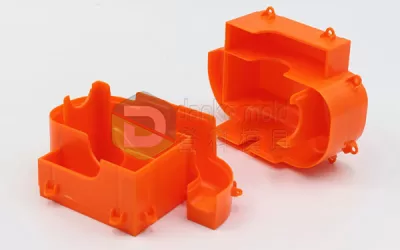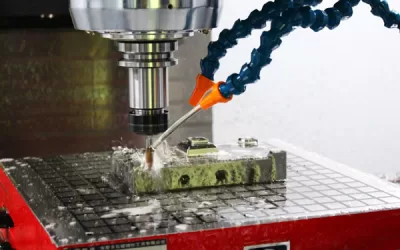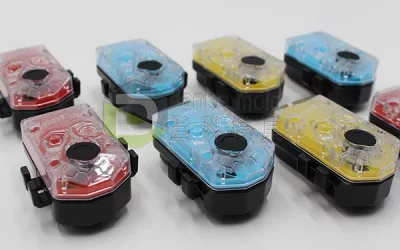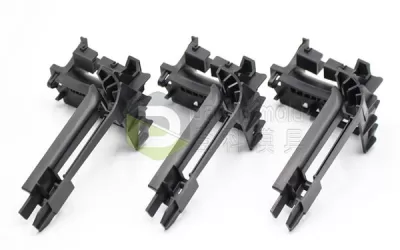
Danke Mold Blog
Welcome to Danke’s Blog!
We just would like to share some of our rapid tooling, plastic injection molding and on-demand manufacturing ideas and experiences 🙂
Extending the Life of Your Injection Mold with Best Practices for Care and Maintenance
Your injection mold is a powerhouse of productivity, a precision tool engineered to churn out thousands, even millions, of flawless parts. This vital asset represents a significant investment for your business, but its value extends beyond its initial cost. Proper...
Is Outsourcing or In-House Injection Molding the Right Fit for Your Business?
Injection molding is a cornerstone of modern manufacturing, enabling the creation of intricate plastic parts for countless products. However, a critical decision looms for businesses venturing into this realm: should you handle injection molding in-house or outsource...
Basics of Plastic Injection Molding
A popular manufacturing technique is plastic injection molding, which involves melting tiny plastic pellets and shaping them into a variety of intricate pieces in big numbers. The production of items we use on a daily basis, such as phone casings, toy pieces, and even...
How Does a Plastic Injection Molding Function?
In order to reinforce, improve, and develop a broad variety of goods, plastic components are essential in various industries, including the automotive, home appliance, and medical device sectors. Since injection molding produces high-quality, dependable plastic...
The Future of Sustainable Manufacturing: Bioplastics and Injection Molding
Over 300 million tons of plastic are produced globally every year, with a significant portion ending up in landfills and oceans, wreaking havoc on ecosystems. As the devastating consequences of this plastic waste become increasingly apparent, the demand for...
Rapid Tooling: Turbocharge Your Product Development and Beat the Competition
In today's lightning-fast business landscape, the speed at which you can bring a product to market can make or break your success. Delays can cost you valuable opportunities and leave you trailing behind competitors. Enter rapid tooling – a game-changing approach that...
Plastic Injection Molding 101: The Ultimate Guide for Beginners
Unlocking the Secrets of Mass Production Plastic injection molding is fundamental in modern manufacturing, shaping countless everyday products, from toys and electronics to automotive components. This versatile technique has revolutionized the production landscape....
The Cost-Effectiveness of Injection Molding: Myth or Reality?
Injection molding, the process of creating identical plastic parts by injecting molten plastic into a mold, is a cornerstone of mass production. However, a common misconception lingers - is it truly cost-effective? Especially for startups and companies with smaller...
Injection Molding: Unleash Your Product’s Full Potential with Precision Engineering
In the ever-evolving landscape of product development and manufacturing, the key to success lies in creating products that capture attention, deliver exceptional performance, and seamlessly align with your brand's vision. While standard injection molding can be a...
Custom Injection Molding: Your Ticket to Product Innovation and Success
Why Settle for Standard When You Can Create the Extraordinary? In the fast-paced world of product development, gaining a competitive edge is crucial for success. To achieve this, companies must go beyond the limitations of generic, off-the-shelf solutions. This is...
How to prevent injection molded plastic parts from deforming
When we design plastic parts, we will inevitably encounter warpage deformation defects. Warping and deformation of plastic parts is one of the most likely defects, and it is also one of the most difficult defects to solve. So, why the plastic parts will warp...
Expanding Your Business Horizons with the Injection Mold Making Exports
As a business owner, you are planning to expand your growth. One of the excellent options is to tap the new markets through the avenue of exports. If you are in a manufacturing industry, the injection mold making exports is the key to achieving a better degree of...












